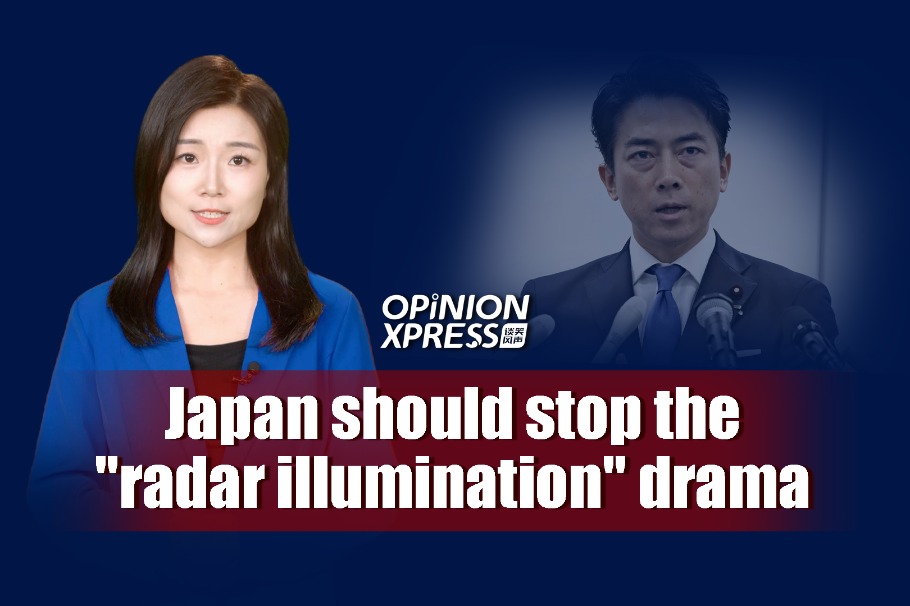Central bank aims for stability in monetary policy
By Chen Jia | chinadaily.com.cn | Updated: 2019-11-17 08:00

China's central bank is determined to maintain a prudent monetary policy stance, but it can be slightly adjusted according to changes in economic growth and price levels, to prevent "the divergence of inflation expectation," according to its quarterly issued report on Saturday.
The report from the People's Bank of China, the central bank, said that the policy should be stable, and China will continue to be one of the few major economies keeping the "normal" monetary policy.
The monetary policy should strike a balance between the total amount and structural adjustments, and improve the efficiency of the monetary policy transmission system. The pressure of social credit contractions should be released, the central bank highlighted.
Talking about the current price level, the PBOC said that China has no foundation for persistent inflation or deflation. The recent price rise was mainly because of "the relative changes of economic foundations and the market supply and demand relationship". It added, "But overall, the price level is under control."
The central bank also plans to further improve the interest rate reform, based on a shifting of the benchmark lending rate. The loan prime rate, the new benchmark which has been used for newly issued bank loans, will be introduced to outstanding loans. "Meanwhile, competition in the deposit market should be sustained, to ensure that banks can have stable costs on the liability side."
The PBOC will also maintain a stable exchange rate for renminbi, and steadily improve RMB capital account liberalization, to support the currency's usage in cross-border trade and investment.
It will continue to improve the mechanism for the issuance of RMB bills in Hong Kong. The issuance and term varieties will depend on market demand, and promote other issuers to release RMB bonds in the offshore market. "In the future, the central bank bills will also play an important role in promoting financial supply-side structural reform and RMB internationalization," the report said.
Globally, the monetary easing environment has promoted financial asset prices and facilitated the debt accumulation, while the fragility in the financial system is rising, said the PBOC. Against the backdrop, risk factors may lead to a rise of risk aversion and threaten the financial stability, which can affect the global economy.
"Slow growth, low inflation and low interest rates" will challenge the monetary policy, and the interest rate policy has "limited room" to offset the influences. The efficiency of quantitative easing and other "abnormal" monetary policy is also limited, according to the Chinese central bank, which suggested a need to enhance policy coordination and take structural reforms to strengthen growth.
























